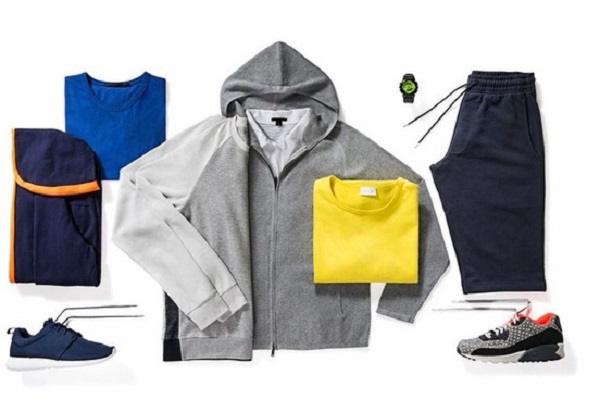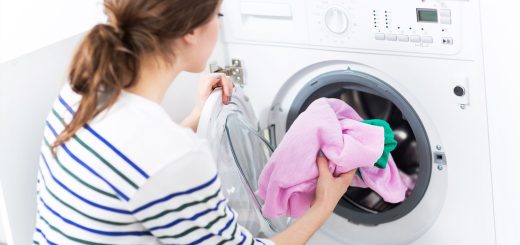The language of clothes: When your outfit speaks about you
The way we dress the colors we prefer for our clothes say a lot about us. Find out what the colors of our clothes convey to others and what language our outfit speaks. According to some studies, when we meet new people, we can get an idea about them already in the first seconds. The outfit plays a fundamental role and expresses to others more than it seems. Clothes have a real language: the way we wear a garment the colors we use say a lot about us. We will now try to give you some tips to express yourself through the outfit.
The psychology of fashion

Clothes have changed their function over the centuries. We have gone from keeping ourselves warm and dry, a function of mere survival, to a purely aesthetic and decorative value. Fashion nowadays is an integral part of everyone’s life and plays a role of presentation over others. Through our outfits, we show ourselves to society and make them understand a lot about our character.
Always wear a color, a garment that maybe fits well on us or choose a particular accessory that makes the world understand a side of our being. We can therefore speak of fashion psychology as several studies have highlighted the impact that the wardrobe has on what we perceive and judge in others. Fashion affects everything: for example, wearing red during sporting events has been found to increase one’s chances of winning.
What do clothes say about us?
Our clothing tells us a large part of our character. Unconsciously we choose a garment that we like but above all, that reflects us and makes us appear to society in a particular way. An extravagant dress or a bright color makes us express our desire for uniqueness, an attempt to differentiate ourselves from other people. On the contrary, wearing a uniform is a way to blend into the crowd and hide our individuality.
However, it must be said that the boss itself does not count as much to indicate a particular opinion to others. Indeed, the attitude with which we wear a dress or the choice of more or less suitable accessories definitely make the difference in the impression we make. For example, the same outfit worn by two different people can convey different evaluations depending on the way it is sported.
What the colors of our outfit convey?
If fashion has its own language, in the same way, colors tell something specific. Choosing a color for our outfit can tell a lot about our being and what we want to express. As we mentioned before, the external red will want to win, strength, aggression but also an enterprising attitude and obvious passion and desire. If, on the other hand, we want to express joy, ambition, brilliance and optimism, we must wear yellow, a bright and cheerful color. Blue is certainly one of the most used colors in garments, after the neutral tones, and communicates emotional tranquility, calm but also thinking ability and intuitiveness.
Desire and seduction, on the other hand, are the impressions that purple gives in our outfit. This is because the purple color comes from two opposing colors, such as red and blue and synthesizes the contradiction and the struggle within it. Black is perhaps the most used color in wardrobes thanks to its elegance and perfection and the fact that it is always in fashion. In the eyes of people, it expresses dominance, power and emotional control but also that veil of mystery and attraction. The other neutral color, white, is instead in contrast with black and communicates transparency, awareness to us and realization.
Wearing white has always represented purity and a touch of light to our outfit. In the middle between the two colors, we find gray, which has always revealed a formal and working tone on clothing. Those who wear gray want to talk about objectivity, neutrality and defense against external stimuli. Other colors such as, for example, green can express self-affirmation, balance and stability, while brown communicates physical well-being and fulfillment. Our outfit can therefore say something about us in an unconscious way and we can try to manage its language.
















